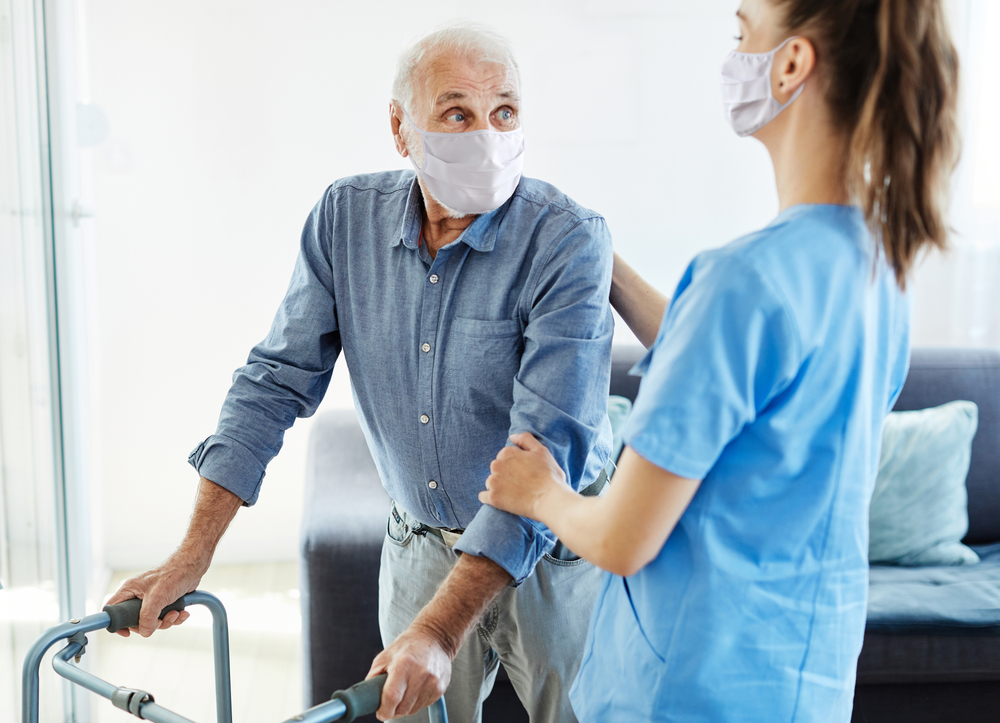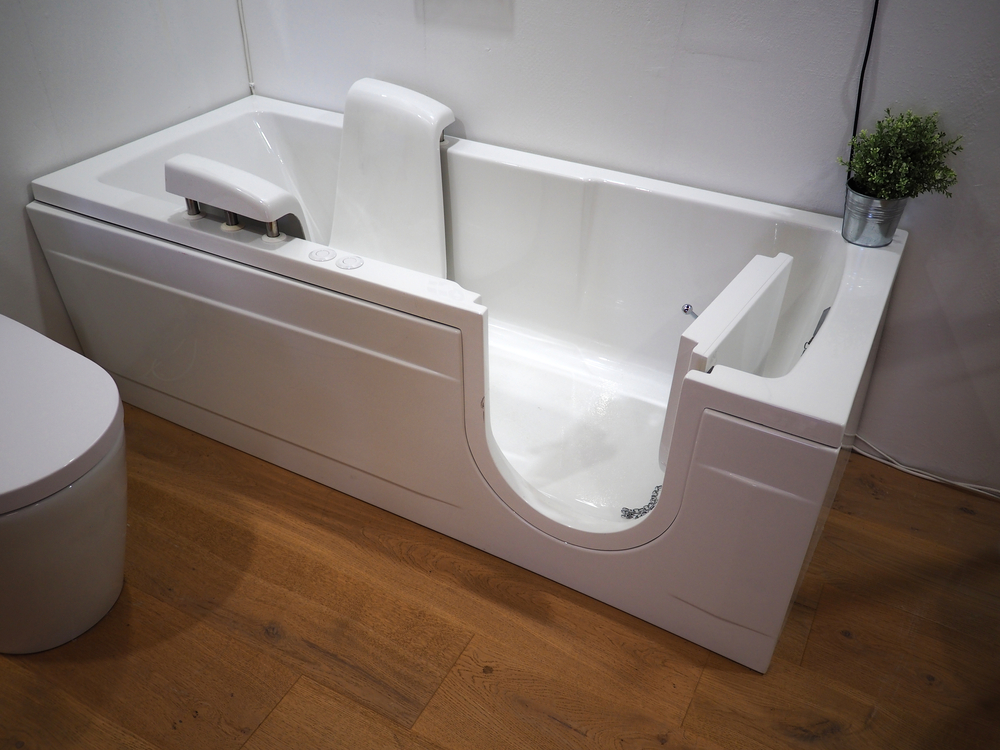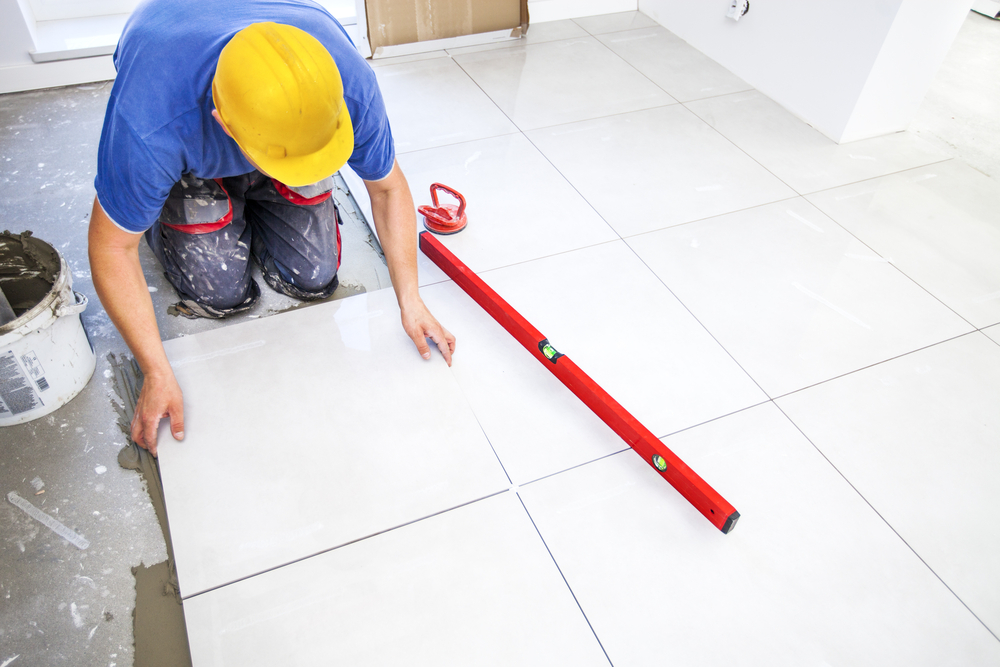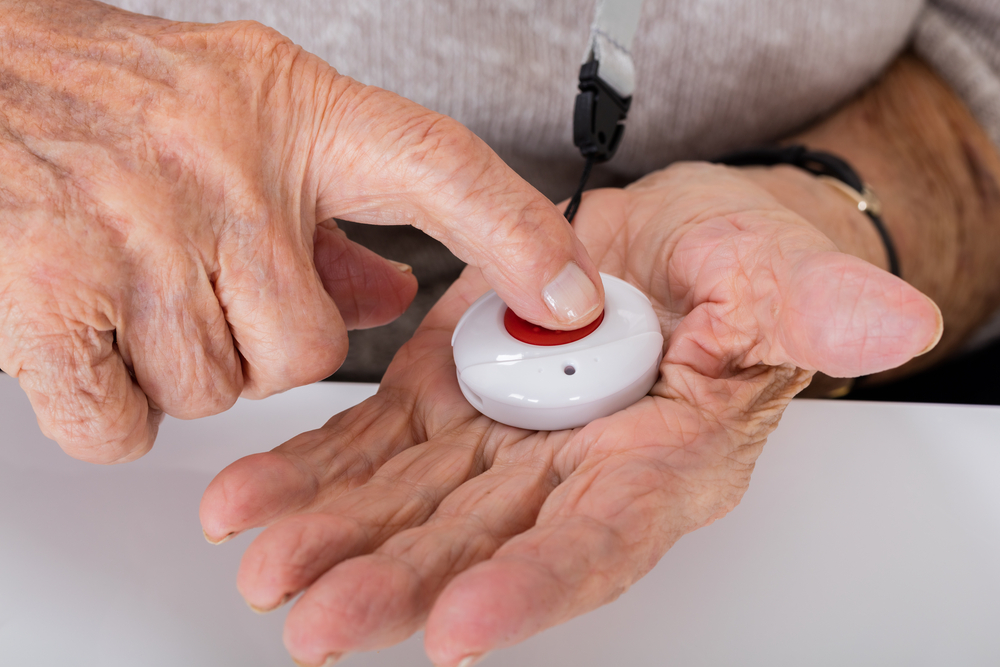Top Modifications for Senior Living Spaces
Seniors are more vulnerable to slip and fall, especially if they have long-term health issues. According to a Centers for Disease Control and Prevention report, 1 in 4 Americans aged 65+ falls each year. Unfortunately, falls are the leading cause of injury, hospital admissions, and even death among this population. When falls happen, they can result in broken bones, hip fractures, head injuries, and even depression. That’s why modifications for senior living spaces need to be made to lower the chances of slip and fall accidents.
The fear of falling becomes more common as people age, even among those who haven’t fallen. It can make the elderly avoid social and physical activities like shopping, walking, or interacting. Senior-proofing your senior living community can give residents confidence that they are safe and encourage them to participate in different activities. It can also lower the chances of accidents happening.

That being said, here are some top modifications for senior living spaces:
Install stair railings
A majority of stairway falls result from loss of balance. And with issues like stiff or damaged joints, neurological conditions, and ear problems being common among the elderly, it’s easy to see what loss of balance happens a lot. Since stairway accidents can lead to severe injury and even death, installing quality stair railings is essential. Good design and construction of stairs and handrails can substantially minimize the chances of misstepping by offering a way to retrieve balance.
Note: When installing handrails, it’s best to put them on both sides of the stairways. But if your stairway is wide, you can put a single handrail at the center. Rounded handrails also perform better as they fit the hand better than other designs.
Modify bathtub and showers to make them more accessible

Older adults find it hard to use the toilet, faucets, shower, and bathtub effectively and safely. Most of them have lost strength and mobility, so standing in a shower for a long time is not possible. It’s also risky to get in and out of a bathtub. Luckily, there is a range of modifications you can make to enhance senior safety in your facility. These include:
- Installing lever faucets to eliminate the need for twisting and turning that’s hard for the seniors.
- Getting a sprayer attachment for the shower heads to eliminate the need to stand while bathing.
- Installing rails and grab bars in the bathtub, shower, and near the toilet to make bathing and using the toilet easier for seniors and caregivers too.
- Raising the toilet height either by using a thick toilet seat, or replacing the toilet with a "comfort height" one.
- Installing walk-in bathtubs and curbless showers for seniors who cannot lift their legs. This will make it easy for seniors to transition from wheelchair to shower seat easily.
- Buying a toilet safety frame with an attached armrest for seniors who have difficulty moving to and from the toilet can manage standard toilet width and height adjustment.
- Getting bathtub transfer bench for seniors who have a hard time entering and exiting the tub. This way, seniors can sit safely on the outside of the bench and slide to the inside tub while still seated on the bench.
Modify the floors
The more consistent you can be with your senior living flooring, the safer your facility will be. Consistency limits the number of transitions which are often tripping hazards. Many seniors drag their fit or don’t lift them as much. So when you have transitions, it’s best to keep the height difference at a minimum, or when possible, level in all rooms.

Remove, repair, or replace any lumps, bumps, breaks, saddles, transitions, holes, and other trip hazards, both inside the facility and in any outdoor spaces. Consider replacing multiple types of flooring indoors with one uniform type of nonskid flooring to reduce physical and visual transitions between rooms. You can also:
- Install good lighting in stairs, hallways, and bathrooms to improve visibility
- Replace old carpets with a new one with a shorter nap as it allows for easy navigation. Avoid area rugs because they can be a tripping/slipping hazard.
- Use rubber mats in wet areas, like the bathroom and kitchen.
- Get rid of any clutter from the floor. Items like books, clothes and electric wires are tripping hazards.
Widen doorways for accessibility
Sticky, narrow, or unwieldy doors make it hard for seniors to access the rooms, especially when using a wheelchair. They can impede mobility in the senior living facility and overall space access for seniors. So, if the aging parents in your facility have trouble accessing the room, you may want to make modifications to fix the doors. Here are some ideas:
- Replace doorknobs with door levers that are easier for seniors to open.
- Get swing hinges that allow the door to swing entirely out of the door opening to provide more access. If you don’t need to close a specific door, you can remove the hinge and the innermost strip of trim that serves as a doorstop. If you still need a wider doorway, remove the whole frame and trim out the opening with thin sheetrock.
- Replace the current door with a wider pre-hung one. But you’ll need to work with a design professional on this one, as it is not a DIY job.
Implement assistive technology for safer spaces
Seniors, especially those with disabilities, still need some form of independence even when staying in assisted homes. So you’ll need to make a range of accommodations, including the use of senior care technology. Assistive technology includes any tool or service used to increase, maintain and improve the functional capabilities of seniors.

Smart technology may include an amplification device to make sounds easy to hear, or something as simple as a walker to improve mobility. It could also be a magnifying glass for a senior adult with vision issues or a scooter that makes it possible to cover long distances. So, basically, assistive technology is anything that helps continued participation in daily activities. Here are some examples:
- Medical alert systems monitor the vitals of at-risk elders and signal the caregivers in case of anything. They come as smartphone apps and wearable devices like bracelets and necklaces.
- Smart pill bottles and boxes that log time and dosage taken, preventing seniors with memory issues from overdosing or underdosing.
- Fall detection watches with alert buttons empower older adults to seek immediate help if they fall. Some even remind seniors about medication time.
The goal of modifications for senior living facilities is to create safer rooms and spaces for all residents. It will also help protect you from any liabilities within the facility. But you’ll need an expert to help you with some modifications, including safe room design.
At Wytcote, we can help you design safe spaces that will set your facility apart from the rest. Contact us today to learn more.

Sheri Bruemmer is a seasoned industry expert with expertise in growing and managing operations that support assisted living, adult foster care, and homes for the aged communities. Sheri is a certified Gerontologist, licensed Assisted Living Director, and licensed nurse as well.